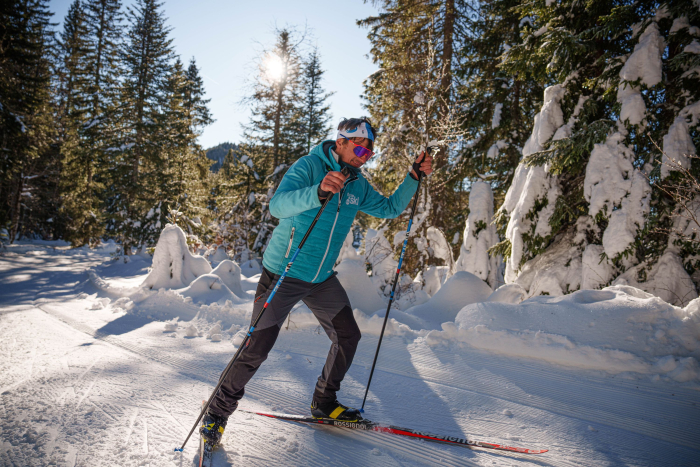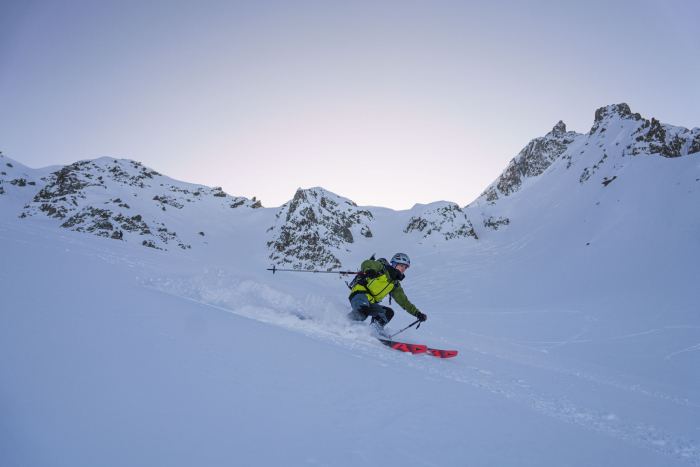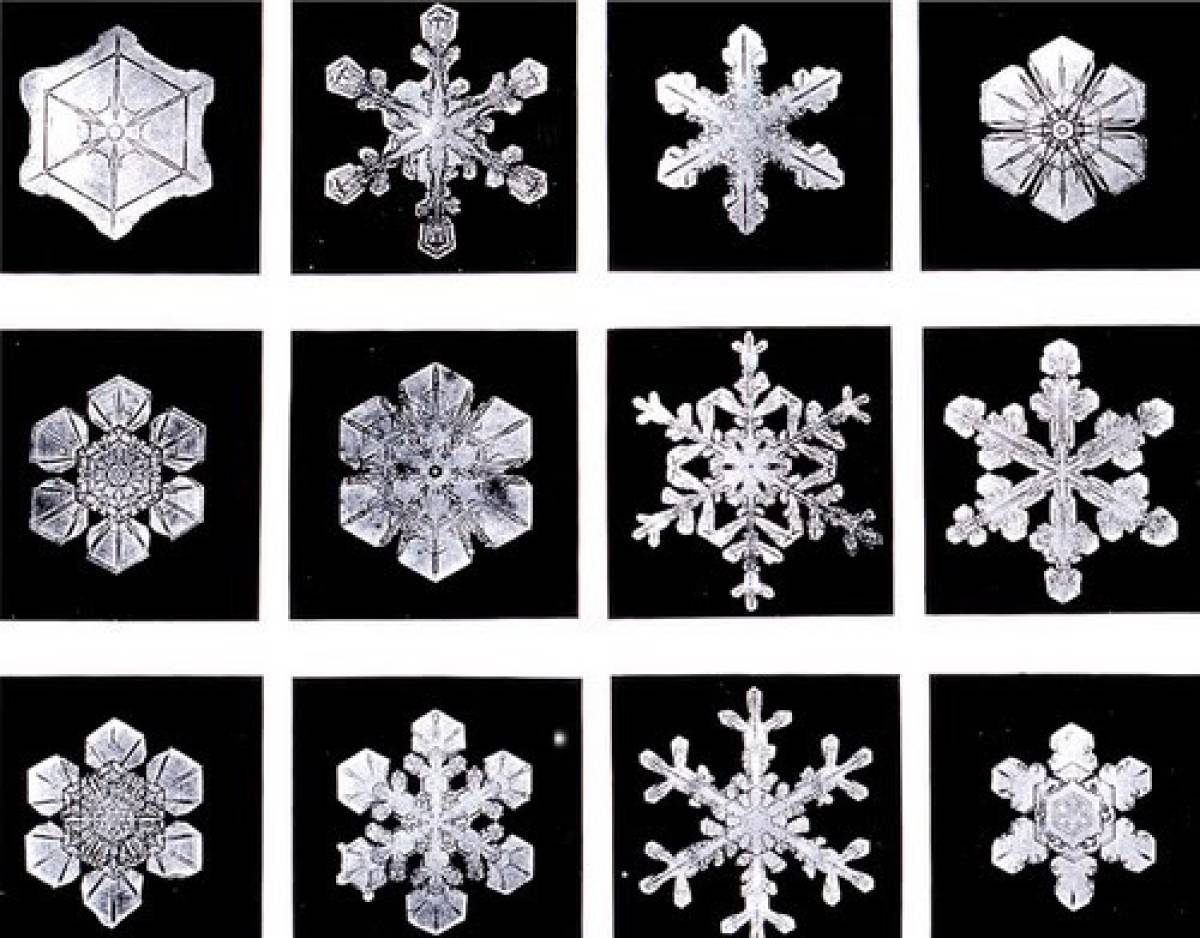Snow is much more than just a meteorological phenomenon. It hides fascinating mysteries and unsuspected curiosities. Discover 10 amazing facts about snow that will dazzle you with their uniqueness and complexity.
1. Each Snowflake is Unique
Snowflakes are crystalline wonders formed in clouds when water droplets freeze around particles suspended in the air. The diversity of snowflake shapes is infinite, with each crystal influenced by factors such as temperature and humidity. Thus, it is said that no two snowflakes are identical, each being a unique natural work of art.
2. Transparent Snow
Although snow appears white, it is actually transparent. The white color we perceive is the result of sunlight scattering through the ice crystals. Fresh snow tends to reflect more light, while older snow may appear grayer due to accumulated impurities.
3. Epic Snowstorms
Meteorological history is full of impressive snowstorms. In 1921, in the state of Washington, USA, a historic snowstorm left a memorable mark with nearly 30 meters of snowfall in a single season. This phenomenal amount of snow had extraordinary consequences for the region, demonstrating the power of nature.
4. Snowflake Formation
The formation of snowflakes is a complex process influenced by a multitude of variables. Temperature, humidity, and air saturation play a crucial role in creating these unique crystalline structures. Depending on atmospheric conditions, snowflakes can take on a wide variety of shapes, from delicate stars to complex dendrites.
5. Snow, a Natural Insulator
Despite its apparent chilliness, snow is an excellent thermal insulator. Its porous structure traps air, forming an effective barrier against heat loss. Animals like hares and foxes exploit this property by digging burrows under the snow to protect themselves from the rigors of winter.
6. The Strange Phenomenon of Thundersnow
Snowstorms can sometimes be accompanied by lightning and thunder, creating a rare phenomenon known as "thundersnow." This intriguing phenomenon is caused by the friction of ice particles within storm clouds, generating electrical charges and luminous discharges.
7. Artificial Snow
In many ski resorts, artificial snow is produced to complement natural snow and ensure optimal skiing conditions. This snow is made by spraying water under pressure into snow cannons, creating small ice crystals that settle on the ground.
8. Snow Avalanches
Avalanches are a natural danger in mountainous areas, resulting from the rupture and rapid descent of unstable snow layers. The speed and force of these avalanches can be impressive, endangering everything in their path. Vigilance and risk awareness are essential for safely navigating snowy terrain.
9. Snowfall Records
Some places in the world are famous for their impressive snowfall records. Aomori, Japan, holds the title with an average annual snowfall of over 7 meters! This astronomical amount of snow transforms the region into a stunning winter landscape, attracting winter sports enthusiasts from around the world.
10. Snow in Culture
Snow has inspired many cultures around the world, permeating art, literature, and music with its poetic presence. In some regions, snow is celebrated through traditional festivals, while in others, it is associated with tales and legends passed down through generations. This deep connection between snow and culture speaks to its universal and timeless impact on the human imagination.
In conclusion, snow is much more than a mere meteorological phenomenon. It embodies the beauty, purity, and magic of winter, inviting us to marvel at its infinite mysteries. Whether engaging in winter sports, exploring snowy landscapes, or simply contemplating its splendor from the window, snow continues to captivate our imagination and remind us of the greatness of nature.
![ESI [Hiver]](/build/assets/images/logo_esi-winter.513260dd..png)








